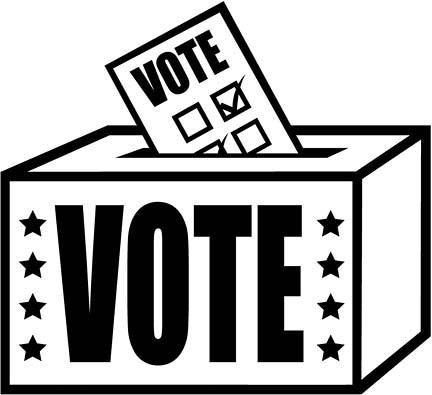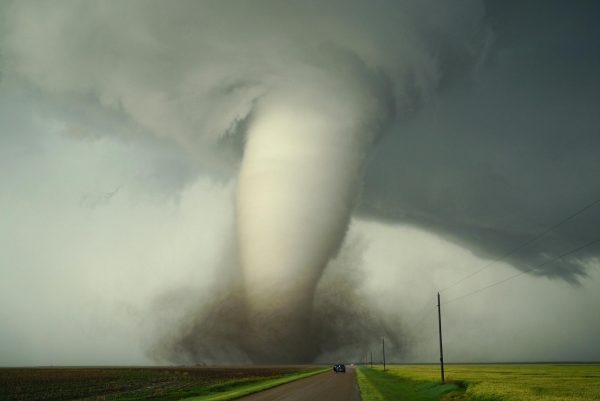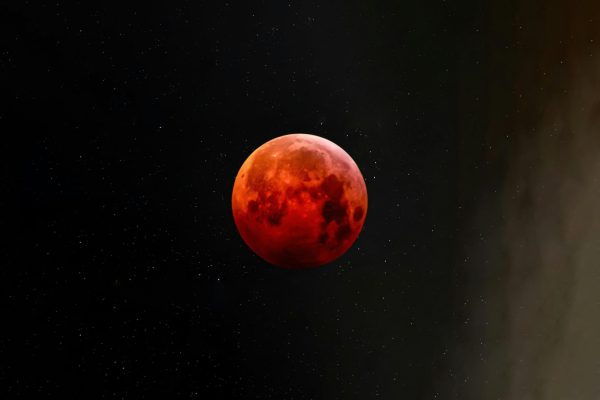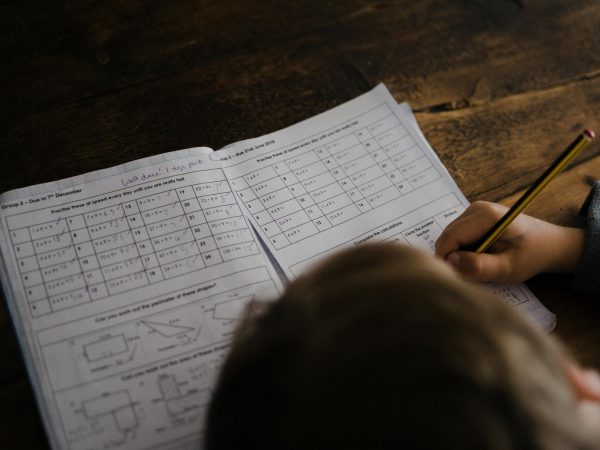The Crimsonian User’s Guide to the Government: Election Edition

The United States government is one of the most intricate and fascinating managerial systems. Built around the world’s most successful constitution, this structure of management has looked over our country for centuries. Perhaps the most notable component of this piece of political architecture for Americans involves a certain quad-annual event. That is right: the presidential election. Whether one is heavily involved in politics or not, election time always evokes a sense of excitement and suspense. After all, the results of said race will determine perhaps the most powerful person on the planet. Additionally, this excitement is already beginning to surface again. Even though the 2020 presidential election is still around a little less than a year away, hype for this upcoming event is becoming more and more apparent each day. However, this excitement does not just belong to the older demographic. As more and more of the class of 2020 celebrate their 18th birthday, more and more people are registering to vote. So, in the wake of this new influx of constituents, it should be certain that everyone knows exactly what they are getting into. Although they might have learned about it in government class, the workings of the US election process may be blurry in many people’s minds. That is why, in order to prepare the next generation of voting Americans for the ever-approaching election, I have put together a small info-article I like to call The Crimsonian User’s Guide to the Government: Election Edition.
Before we get into how a candidate is elected, though, what does it take to actually BE a candidate in the presidential race? Surprisingly, while the election process has changed over the years involving factors such as who can vote, one thing that has not changed are the prerequisites to run for president. According to the Library of Congress, “a presidential candidate must be a natural born citizen of the United States, a resident for 14 years, and 35 years of age or older.” Unfortunately, this means that any ambitious adolescents wanting to become the youngest president at the age of 20 may want to find a new objective to strive towards. Fortunately, however, if one looks closely, there is nothing in the original blueprint preventing certain genders and races from running. Good job at being progressive, Founding Fathers! Anyways, now that we know what it takes to run for president, what gauntlet do these candidates have to go through to end up in the Oval Office?
Well, it all starts with the primaries and caucuses. These events take place months before the actual election (according to the New York Times, the 2020 primaries will start in February) and are either run by a political party (caucus) or the state (primary). Essentially, they are used to determine which candidate will represent each political party in the race. However, while the aforementioned methods of choosing a candidate both carry out the same general purpose, how do they differ? In a primary, voting happens as one would expect in an election: through secret ballot. The state of Ohio conducts the choosing of candidates through primaries, and is what one typically thinks of when they think of “voting.” In a way, a primary is somewhat akin to a “baby election.” However, the caucus is much different. Instead of just arriving at a school to cast a vote and then leaving, according to USA.gov, caucuses take the form of “private meetings run by political parties.” Basically, this entails a meeting of members of a political party, in which members divide themselves up into groups supporting each candidate. After speeches and arguments are given as to why a certain candidate should represent the party, the presidential hopeful with the most supporters under their name at the end wins. Furthermore, instead of merely “winning” these events, a certain pool of political delegates for each state are divided up among the candidates of each party based on how well they did in the primary/caucus. Finally, after the primaries/caucuses are completed, a national convention for each party is held, in which the candidate with the most delegates essentially is given the honor in leading their party in the election.
Then, when several, long months have finally gone by, it is time for the main event. According to USA.gov, the presidential election is held “every four years on the first Tuesday after the first Monday in November.” Why this specific time? Well, America in the 1800s was extremely agricultural based. Because of this, when Congress was trying to decide what day to make the election, they needed to pick a time most convenient for farmers. November was the obvious month, as the harvest was already complete and the brutal winter had not yet arrived. Furthermore, Tuesday was the best day, as since it took many a day to get to a voting station, a two day window was needed. This could not occur around Sunday or Wednesday, as the former interfered with church and the latter with market day. Therefore, Tuesday emerged as the most practical day. Anyways, we are getting off topic.
On this day, people vote for who they want to become president. However, the way the voting process works does not occur the way many people expect. When developing the presidential election process, Congress needed to come to a compromise between using direct election by the people and Congressional choice. This may seem counterintuitive to democracy, but at the time the crafters of our government did not have very high expectations for the voting ability of the common citizen. Nonetheless, the eventual compromise that was reached involved creating a process known as the Electoral College. If one does not know, the Electoral College involves granting each state a number of delegates known as “electors” based on the population of that state. Essentially, according to USA.gov, these electors are chosen by each political party, with the process of picking varying from state to state. When you vote for a preferred candidate, you are not actually voting for that specific person, but a group of electors that are representing that person for your state. Then, for most states, when the votes are counted, the candidate who has the most votes gets all of the electors in that state (there is another method in which electors are distributed proportionally to how many votes each candidate gets, but this is only practiced in a few states). Finally, at the end of the election, the candidate who has 270 (greater than half) of the electors wins the election. Now, believe it or not, many people are not the biggest advocates of this system. This is mainly due to the fact that, because of the Electoral College and how electors are distributed, it is possible for a candidate to win the popular vote (get the most actual votes from people), but lose the electoral vote (get fewer electors), therefore losing the election. According to our very own Mrs.Pfeiffer, “In one of the most modern democracies in the world, the American people should now directly vote for the President of the United States. The electoral college is out of date. The popular vote should determine one of our most important political positions.” Whether you agree with this or not, one must admit that this is a unique way of choosing a government official, and for the time being, this is how the president of the United States is chosen.
So, there you have it. A simple, comprehensible guide to how a candidate can become the most influential person on Earth. Sure, it can be somewhat convoluted and infuriating at times, but one must remember that our system of government is constantly evolving, just how the Founding Fathers wanted it to. Anyways, hopefully you found this article informative and now have a greater understanding of what you are getting into, whether it be your first, or twenty-first, presidential election (although if you are under the latter category that that means you are approximately one hundred and two at the youngest, so good job for supporting democracy I guess!)
Check These Awesome Sources Out:
What is the Electoral College?
Presidential Election Process
Why is the Election Day a Tuesday in November
Electoral College: Frequently Asked Questions
Requirements for the President of the United States
How do the U.S. Presidential Elections Work?
2020 Presidential Election Calendar
Differences between Primaries and Caucuses

Lucca is a 3rd year Crimsonian member. He is involved in theater, orchestra, tennis, and National Honors Society.










